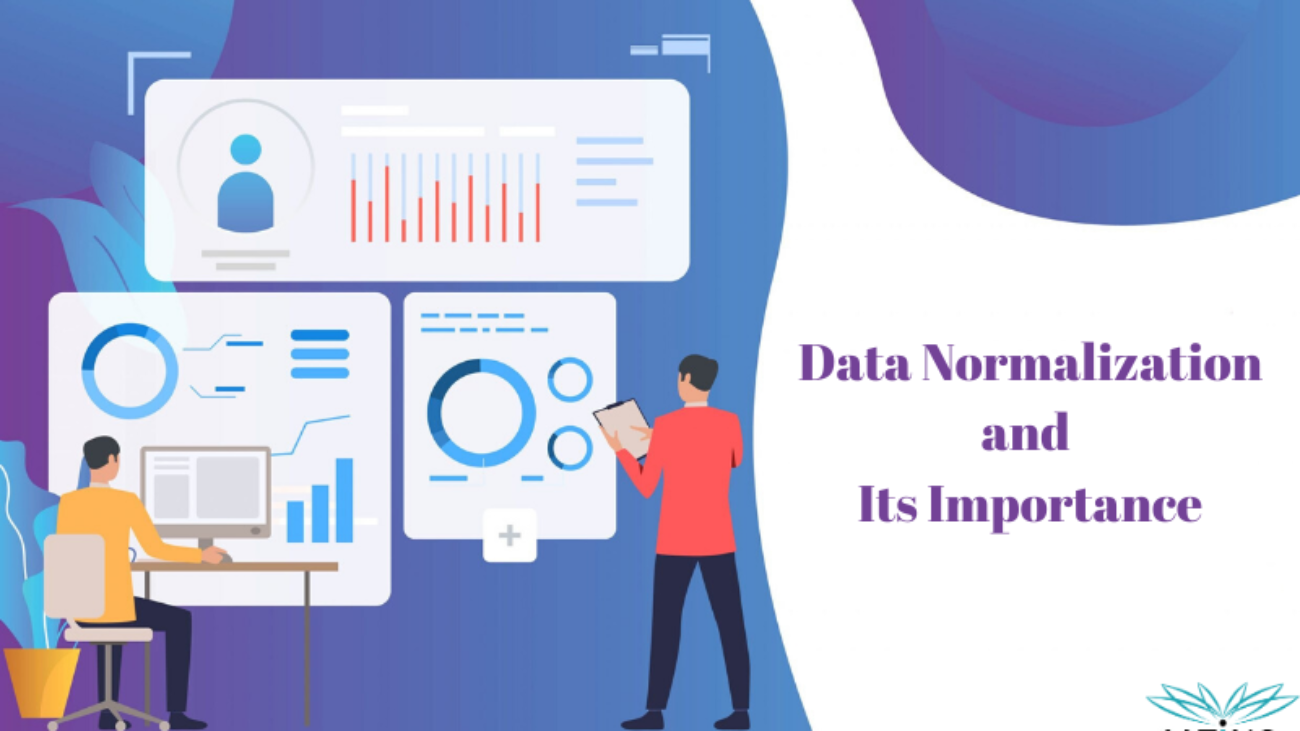Data Normalization
Most businesses focus on data cleanliness. Having accurate data helps to segment customers and analyze the data in terms of marketing in order to engage the brand further. There are a number of reasons to normalize your Data. This facilitates the entire data cleaning process and keeps the customer data clean and organized. Without data normalization one may face several types of data errors.
Data normalization is the process of restructuring the data to ‘normal’ in terms of data integrity. It is a key part of data management that can improve data cleansing, lead routine, segmentation, and other data quality processes.
Data normalization makes the data look clean, organized, easy to read and navigate through, and uniform across the entire customer database. Normalization includes standardization of specific fields in the customer database which brings uniformity.
In addition, here are the top three reasons to normalize your data.
1. Identifying Duplication of Data
Data duplication is a crucial problem that companies face and getting rid of duplicates is an important part of data management. Data duplication can hinder the overall customer experience. Customers may receive the same data more than once which is not very appealing. It not only impacts the sales and marketing aspects of the business, but also increases data storage cost. Normalization makes it easier to locate and eliminate the duplicated data.
2. Improving Lead Scoring
Lead scoring is defined as the process of assigning a value to specific leads in the CRM so that you can identify and grasp potential opportunities. Effective lead scoring is dependent on high-quality data and effective segmentation. For example, a B2B company will assign value to its specific leads based on the job titles as a variable. Moreover, proper segmentation is not possible without normalization. This will impact the values and business might lose out on the best opportunities. Data normalization enhances data quality and improves the process of lead scoring.
3. Reduce Response Times through Normalization
In B2C companies, customers expect faster response time for their queries. Having to feed in thousands of names along with their responses can often be time-consuming. In order to achieve an organized data, companies must have a perfect internal administration team and must use the data normalization tools. Data normalization ensures reduced response times and well-structured data.
There are specific tools that can identify standardization issues and assist in the data normalization process. And also these tools analyze the existing customer data to generate an assessment report. So, based on the report, multiple categories are assigned to help companies normalize and standardize their customer data. This is an ongoing process, which means that the business can track and fix the standardization issues as they arise. In addition, the number of data normalization errors can be limited, resulting in a high-quality customer database.

